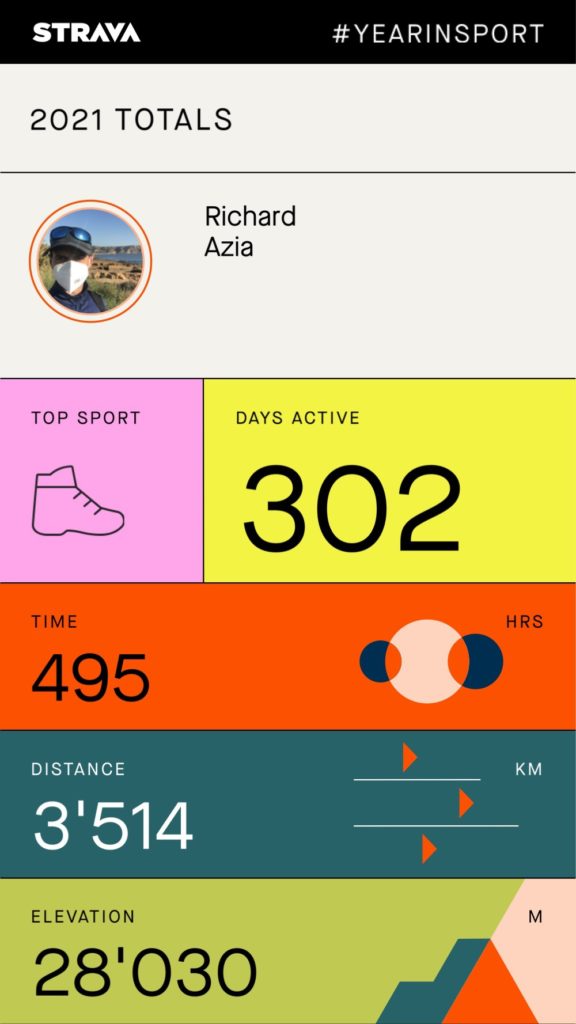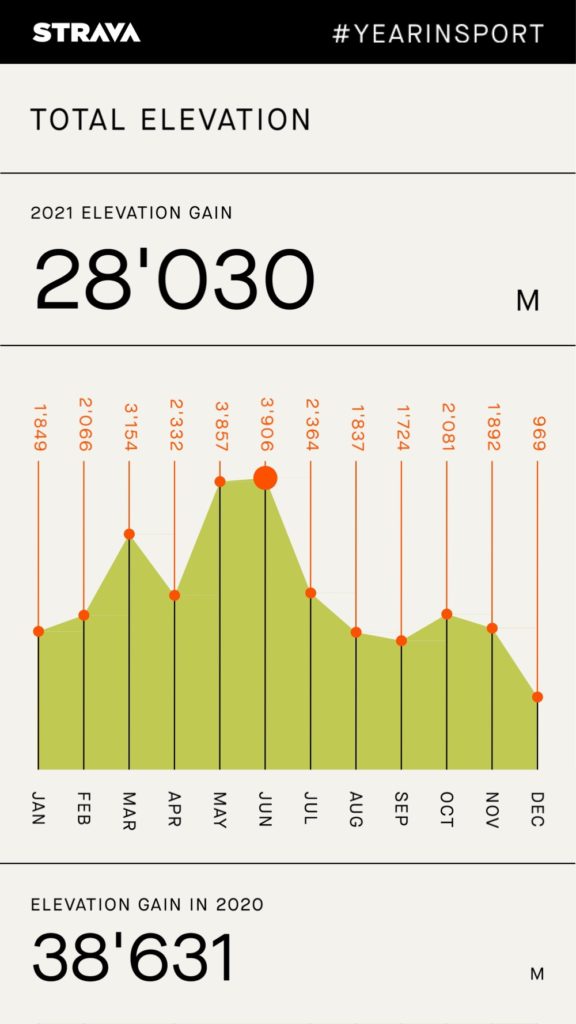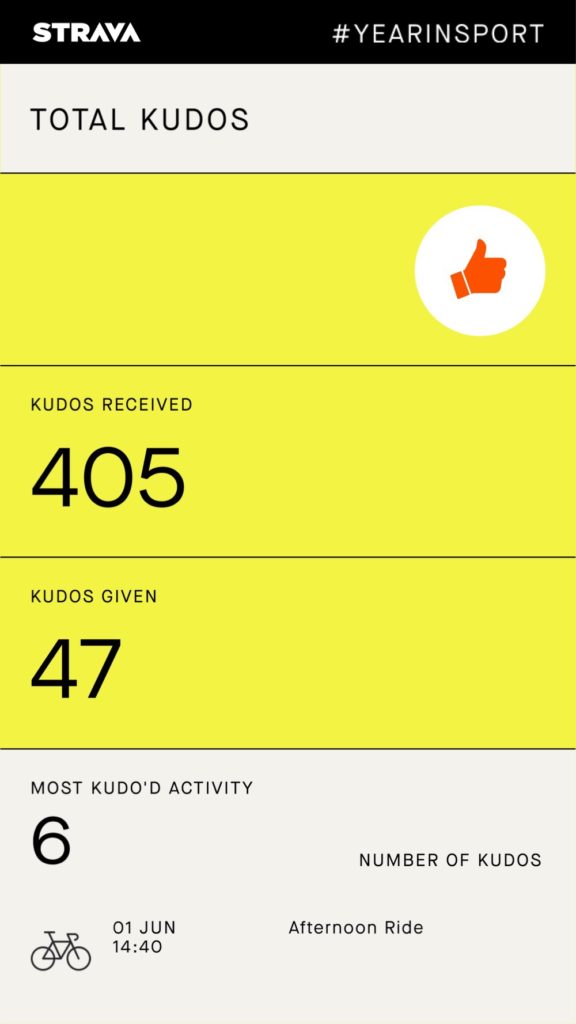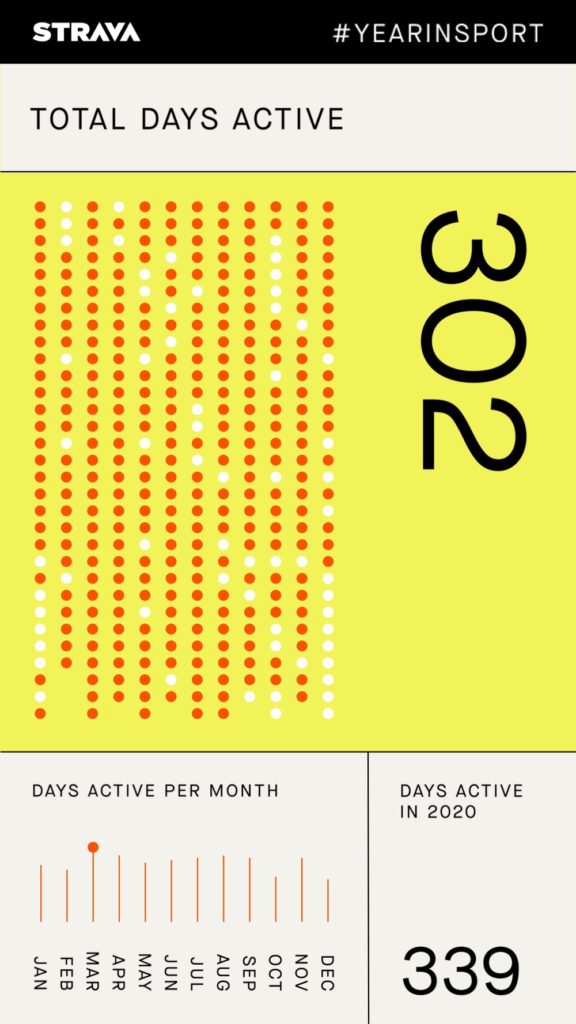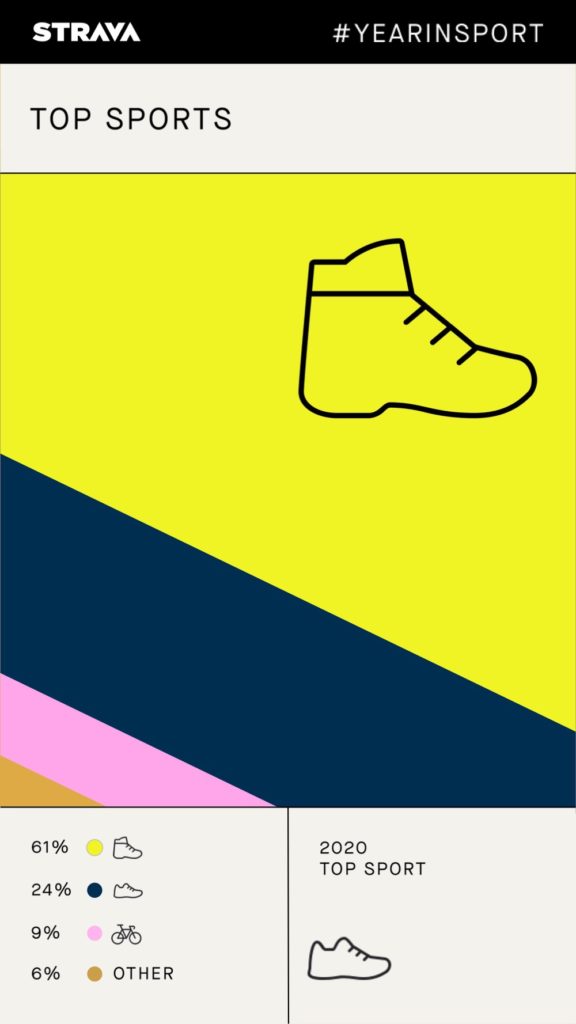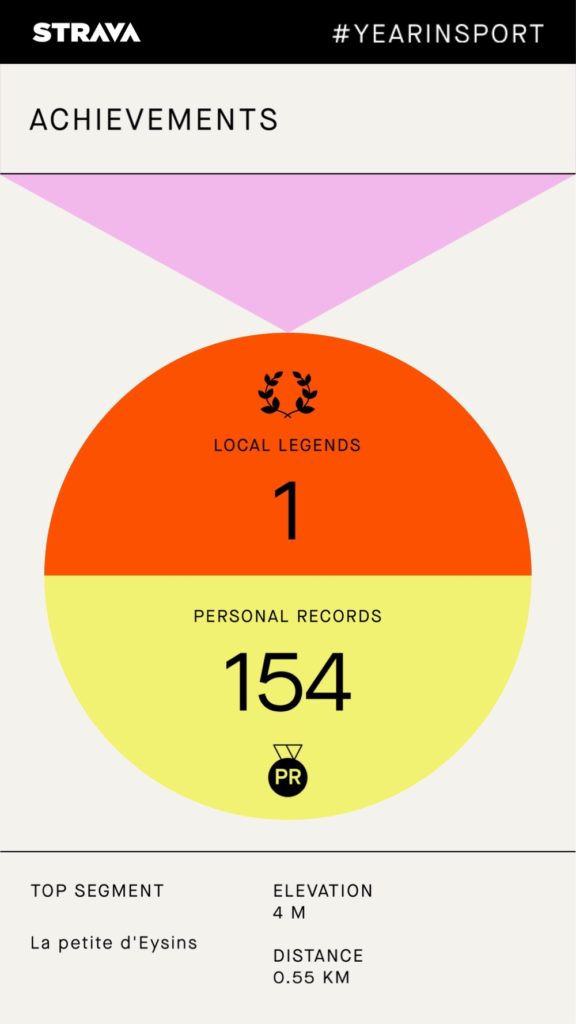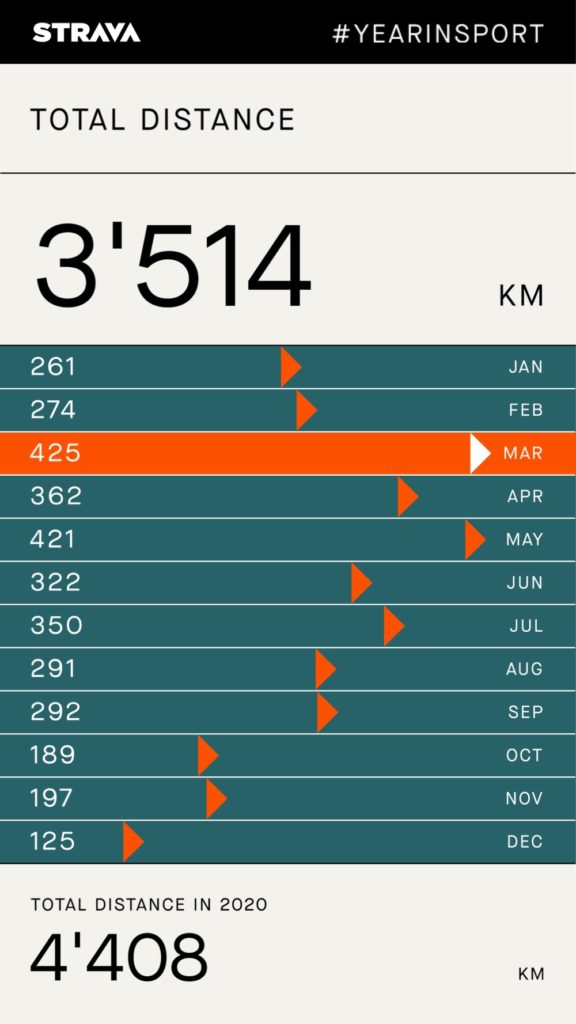Playing with StatsHunters
Today I saw a link to Stats Hunters on the Google App so I clicked through on a laptop, once I was sitting at a computer. This is an app that looks at Strava data and gives you a summary of how many activities you’ve done as well as how far you have travelled.
According to the data this Strava add on can access I have 2753 logged activities with a total distance of 25,l404 kilometres. November 2018 was my best month with 898 kilometres travelled. I think this was kilometres ridden on Zwift if I remember correctly.
My longest ride was La Visit Horlogère where I cycled from around Nyon to Le Post, around the Lac de Joux and back down via St Cergue.
The biggest vertical gain in a day of hiking was the EuropaWeg part 1 where I gained 1803.2m of altitude.
It’s fun to see the distance per year graph because my best year was 2775km of distance travelled. For context I had 2775 in 2019, 2487 in 2020, 2267 in 2021 and 2499km in 2022. The pandemic has really affected how far I travel by bike and by foot, despite hardly driving to do any of these activities. We should not ignore how much we can do, without touching a car.
You can see a breakdown per week for the last year if you want to.,
The general stats are interesting. My average distance per activity is 9.23 kilometres. My average speed is 9.29 km/h. My maximum speed is wrong, because that’s when I played with a GPS watch in a plane.
The website gives a lot more information than I am exploring in this blog post. It’s interesting to see the hour stats. This tells you at what times of the day you are most active.
In the type statistics you can select from moving time, distance and other factors. My walking habit accounts for 36.8 percent of sports, with hiking accountiing for 28 percent. That is 64.8 percent of my sporting time. Bike rides account for 20 percent and running for 4 percent.
According to some stats I have done 2639 activities of 0-35km, 107 between 35-70km and 7 between 70-105km. The main reason for this is the mountainous nature of the landscape. If it was possible to do longer distances without too much climbing then I would.
And finally
Although I have done no group activities for years now, my sporting habit endures, and has thrived. I have done so much more now that I don’t wait for the weekend to do things with others. Solitude is not a reason to do nothing. It is a reason to do more. I like the data trends that this app shows.


